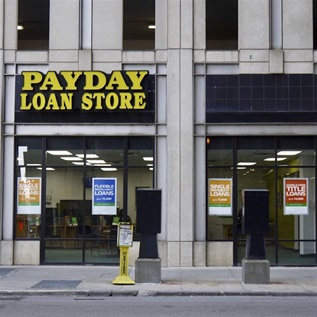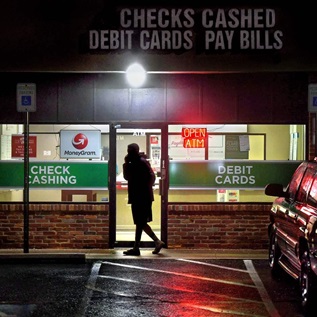Corrections to "Checks and Balances, Stars and Stripes"
The report Checks and Balances, Stars and Stripes was updated in November 2014 to reflect the following changes:
Report, page 8, second paragraph
Original paragraph
Eight of the banks studied (44 percent) and 27 of the credit unions (24 percent) disclose in their account agreements that they do not reorder any transactions from high to low. Of the remaining banks, six (33 percent) engage in limited high-to-low reordering, such as posting checks by high-to-low dollar amount, but not reordering point-of-sale and ATM transactions. One bank (6 percent) and 42 credit unions (38 percent) did not disclose any information on transaction ordering. The remaining institutions reorder ATM and debit point-of-sale transactions from high to low.
Revised paragraph
Eight of the banks studied (44 percent) and 26 of the credit unions (24 percent) disclose in their account agreements that they do not reorder any transactions from high to low. Six banks (33 percent of the total) engage in limited high-to-low reordering, such as posting checks by high-to-low dollar amount, but not reordering point-of-sale and ATM transactions. One bank (6 percent) and 42 credit unions (39 percent) do not disclose any information on transaction ordering, while one bank (6 percent) and 38 credit unions (36 percent) do not clearly disclose the specific process they use to post transactions, stating that they may process transactions in any order they choose. Both practices—non-disclosure and unclear disclosure—do not preclude the use of high-to-low reordering. Additionally, two banks (11 percent) and one credit union (1 percent) disclose that they reorder ATM and debit point-of-sale transactions from high to low.
Report, page 8, table 3, row 3 (number of credit unions)
Original entry
|
Number of credit unions |
27 (of 107) |
0 (of remaining 80) |
27 (of 107) |
Revised entry
|
Number of credit unions |
26 (of 107) |
0 (of remaining 81) |
26 (of 107) |
Report, page 10, table 4, row 3 (number of credit unions)
Original entry
|
Number of credit unions |
|
4 (of 107) |
|
3 (of 107) |
|
27 (of 107) |
27 (of 107) |
... |
Revised entry
|
Number of credit unions |
|
4 (of 107) |
|
3 (of 107) |
|
26 (of 107) |
26 (of 107) |
... |











